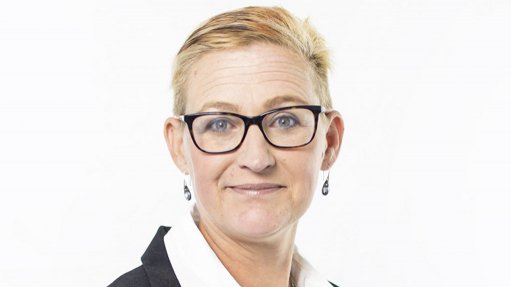
By Louise Woodburn, GM Risk Solutions, KBC Health & Safety
The roar of heavy earthmoving machinery, the shouts of workers at height, the flash of welding arcs, the vast expanse of an open mine – these are the hallmarks of high-risk industries. In these dynamic environments, where even the most mundane task can carry hidden dangers, creating a culture of safety is paramount. How do we move beyond checklists and procedures to effectively embed safety in the hearts and minds of workers? The answer lies in cultural assessments – powerful tools for understanding risk propensities and driving behavioural change, at every level of the organisation.
Unveiling the hidden currents of safety
Health and safety is not just about following the rules – it is meant to be a culture that is woven into the fabric of an organisation. How can we truly gauge if this “safety first" resonates at every level? Through cultural assessments that reveal the unspoken values, beliefs, and attitudes that shape employees' approach to safety. These assessments move beyond measuring compliance at a surface-level to answering critical questions of:
- Are safety policies just boxes to tick, or are they actively applied?
- Do employees feel empowered to speak up about concerns, or is silence the norm?
Cultural assessments dig deeper than surveys, utilising a multi-pronged approach:
- Employee surveys: Surveys gauge risk propensities at all levels of work, providing insights into individual and collective perceptions of safety.
- Legal compliance audits: These audits ensure that legal compliance is not just a paper exercise, verifying that policies and procedures translate into concrete actions and behaviours.
- Safety audits: Assessing the overall fibre of the safety climate through on-site visits to observe everyday practices and identify potential hazards and risks.
- Strategic guideline development: Based on all gathered data, customised action plans are crafted to address specific gaps or weaknesses to cultivate a stronger safety culture.
Safety Culture: reactive to proactive
This comprehensive approach does not just identify; it offers solutions. By identifying areas of strength and weakness, cultural assessments provide the data against which a clear roadmap for improvement can be defined. Tailored interventions can move organisations along the Safety Culture Curve, transforming a reactive culture into a proactive, excellent one.
Sustainable Change
A culture of safety is evidenced by, reduced injuries and accidents, as proactive risk identification and behaviour change directly translate to fewer incidents, thereby protecting employees and saving lives. When fear of injury is replaced by confidence in a safe environment, employees feel empowered and engaged, which leads to increased productivity and overall well-being – a huge benefit to companies.
Cultural assessments are not just a one-time fix; they are a commitment to continuous improvement. By regularly monitoring and adapting, organisations can ensure that their safety culture remains vibrant and responsive, evolving alongside the ever-changing demands of their industry.